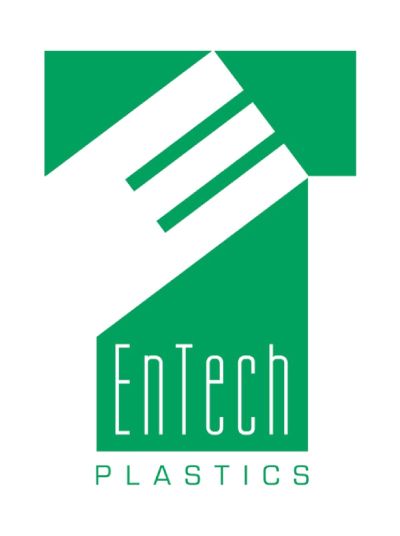Low Volume Injection Molding vs Rapid Prototyping: Choosing the Right Path for Your Product Development
When bringing a new product to market, manufacturers face critical decisions about which production methods to use at different stages of development. Two approaches that often come up in discussions are low volume injection molding and rapid prototyping. While both serve important roles in product development, they address fundamentally different needs and offer distinct advantages depending on your specific requirements.
Understanding the differences between these manufacturing approaches can save significant time, money, and resources while ensuring your product reaches the market successfully.
What is Rapid Prototyping?
Rapid prototyping encompasses various additive manufacturing technologies designed to quickly create physical models of parts and products directly from digital designs.
The primary purpose of rapid prototyping is to enable fast iteration during the design phase. Engineers and designers can test form, fit, and basic function without the time and expense of creating production tooling. Changes can be made quickly by simply modifying the digital file and printing a new version.
What is Low Volume Injection Molding?
Low volume injection molding uses the same fundamental process as traditional high-volume injection molding but is optimized for smaller production runs, typically ranging from 100 to 10,000 parts. This approach uses simplified tooling, often made from aluminum rather than steel, and may employ rapid tooling techniques to reduce lead times and costs.
The goal is to produce parts that meet the part specifications while keeping tooling investments reasonable for smaller quantities. This makes it an attractive option for products with naturally low volume requirements.
Key Differences Between the Two Approaches
Purpose and Development Stage
Rapid prototyping primarily serves the design verification phase. It's ideal for testing concepts, validating designs, and communicating ideas to stakeholders. The focus is on speed and iteration rather than production-ready parts. Low volume injection molding, however, is used when you've moved beyond concept validation and need parts for market testing, pilot production, or limited commercial release.
Material Properties and Quality
This represents perhaps the most significant difference between the two approaches. Rapid prototyping materials, while continuously improving, still have limitations compared to production injection molding resins, such as:
- Anisotropic properties (different strength in different directions)
- Lack of chemical resistance
- Lack of UV stability
Low volume injection molding uses the same materials available for high-volume production, including engineering plastics with specific properties like flame retardancy, chemical resistance, or biocompatibility. Parts produced through low volume injection molding exhibit consistent properties throughout and meet the required performance characteristics but they are produced in small-volume production runs.
Surface Finish and Aesthetics
Rapid prototyping typically produces parts with visible layer lines or surface textures that may require post-processing to achieve acceptable aesthetics. While techniques exist to improve surface finish, they add time and cost to the process.
Low volume injection molded parts can achieve surface finishes ranging from textured to mirror-like, depending on the mold design. The surface quality is consistent and repeatable, making it suitable for customer-facing applications or parts requiring specific aesthetic standards.
Dimensional Accuracy and Tolerances
Most rapid prototyping technologies can achieve reasonable dimensional accuracy for conceptual work, but may struggle with tight tolerances required for functional assemblies. Factors like material shrinkage, warping, and support structure placement can affect final dimensions. Low volume injection molding provide much tighter tolerances depending on part geometry and material. This precision is crucial for parts that must interface with other components or meet specific functional requirements.
Lead Times and Flexibility
Rapid prototyping excels in speed for initial parts. Simple components can be produced within hours or days of design completion. Changes are easily accommodated by modifying the digital file.
Low volume injection molding requires time for tool design and manufacturing, typically several weeks depending on complexity. However, once tooling is complete, parts can be produced quickly.
Making the Right Choice for Your Project
While rapid prototyping has its place in early concept validation, low volume injection molding emerges as the clear winner when you need parts that truly perform. The superior material properties, consistent quality, and production-ready performance make it the smart choice for initial low volume production runs of functional parts..
The initial tooling investment quickly pays for itself through lower per-part costs, especially when you factor in the time saved from not having to reprocess parts due to material limitations or quality issues. More importantly, low volume injection molding gives you confidence that your parts will perform exactly as intended in real-world applications.
When you're ready to move beyond basic prototypes and create parts that meet your actual performance requirements, low volume injection molding provides the reliability, quality, and cost-effectiveness that rapid prototyping simply cannot match. Don't let the allure of "quick and cheap" prototyping derail your product's success when production-quality parts are within reach.
Ready to Experience the Low Volume Injection Molding Advantage?
EnTech Plastics specializes in low volume custom injection molding solutions; our experienced team can help you evaluate your project requirements and determine the most cost-effective approach for your specific needs.
With state-of-the-art equipment and decades of expertise, we deliver production-quality parts with the flexibility and speed your project demands. Contact EnTech Plastics today to discuss how low volume injection molding can accelerate your product development and ensure market-ready performance from day one.
Be The First to Know!
Enjoying this article? Stay up to date and sign up now to get notified of new news and insights from EnTech Plastics.
